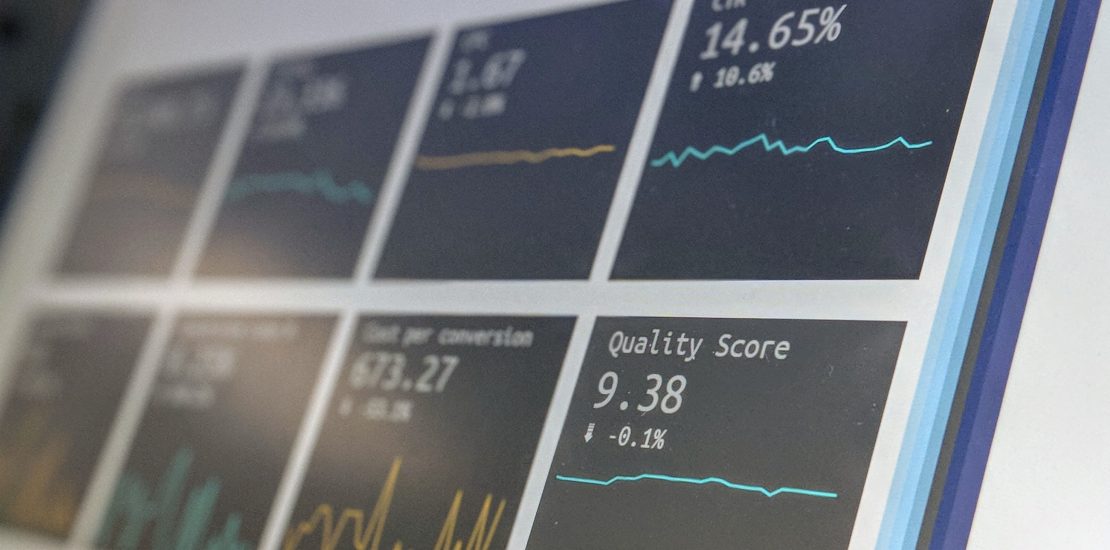Thought Leadership
Scaling RPA – Best Technological Practices To Scale Enterprise Robotic Process Automation
June 17, 2021


The Achilles heel of scaling RPA
Robotic Process Automation (RPA) is a commonly used tool to automate knowledge-intense business processes, which utilise pre-defined business logic, established rules, and structured data. According to a study conducted by Information Service Group (ISG) looking at the state of RPA adoption across Europe estimated that by 2020, over 90% of European businesses would have adopted RPA to some extent. However, scaling RPA appears to be an Achilles heel to many organisations. There are not many companies in Europe yet utilising hundreds, or evens tens of robots despite the vast potential. According to recent research by Deloitte, only 3% of organisations have scaled their automations to beyond 50 production bots. Why is this? Why RPA remains underused, and the deployment so slow?
When talking about RPA scaling, there are many perspectives to consider:
- How to expand the use of RPA from one unit to many within an organisation?
- How can this be done technically in a fast and economical way?
- How to use RPA more broadly, e.g. with AI technologies?
- How do we get the number of robots aligned with business needs?
All the questions mentioned above are broad topics, and, in this blog post, we focus on the technological aspects. To learn more about expanding the use of RPA, you can read our Robotic Operating Model guide.
Scaling RPA up (and down) from a technical perspective
Latest from the RPA software market
The RPA market turns hotter and hotter as the years go by. A leading trio of RPA tools, namely UiPath, Blue Prism, and Automation Anywhere, are getting bigger and bigger market share and starting to be ahead of all the other competing solutions. These three RPA vendors have also been busy in the media announcing new rounds of funding worth hundreds of millions of dollars building their financial muscle and innovation capabilities to continue to lead the pack. The journey accelerates from pure RPA towards AI boosted Intelligent Process Automation. All three leading tools are excellent in their functionality and businesses can create real value no matter which one is selected.
Two major pain points
Why do many organisations still struggle? If the tools are useful and getting better all the time, why is the time to value often still quite slow? The answer is related to two main factors:
- The initial set up time and cost
- The overall scalability of the solution.
Let’s start by approaching the first pain point, the initial set up time.
A new type of an automation solution quickly becomes a sour journey if it contains lengthy steps of traditional IT tool pre-selection; sourcing and setting up the path. The initial excitement of robots coming to assist in daily tasks will not last if it takes nine months just to get started, and the pricing of the RPA tools does not help. A company buying RPA licenses needs to commit upfront to a number of licenses for either up to 12 or 36 months. Getting the Return of Investment (ROI) calculation positive then easily takes at least a year.
The scalability of the solution, is another crucial factor. Let’s say once a year an international organisation would need to add 30 robots for reconciliation and general ledger closing activities for just one week. While during the other weeks over the year, they would need only ten robots. Implementing the “once a year” process would be beneficial in terms of quality, speed and saved business hours, but not economically feasible due to the RPA tool licensing policies. The client would need to commit to the maximum capacity for the full year just for one week’s sake. Rigid licensing models prevent many clients from using RPA to automate significant and transformative one-off, monthly or yearly tasks.
The solution – Valtatech’s Robotic Process Automation with a pay per minute consumption model
The solution for both pain points is already here, but it requires thinking about the whole RPA solution from a fresh viewpoint. Rather than building a traditional IT environment for RPA, organisations should consider the solution from the modern, cloud-based view. In the conventional way of setting up IT services, one needs to think about servers, capacity, licenses, networks etc. And additionally, about keeping all those components up to date when the time goes by.
The fresh, cloud-based service approach is very different from licensing. An organisation needs to recognise that the RPA service could be a vehicle to improve their business performance, nothing else. The service covers scalability, resilience, and variance of usage. In case it turns out that the robot is needed for 10,000 minutes one month and only 1,000 minutes the next month, the consumption is paid according to the usage.
Additionally, with our solution, organisations don’t need to commit to a particular technology forever. It is possible to utilise multiple RPA technologies as well as selected complementary AI elements from one cloud solution. UiPath might be your preference now for example, but there may be specific business tasks where Automation Anywhere or Blue Prism is way superior. Having a flexible cloud solution that can cover all the needed technologies is the key to success. The cloud-based approach also gives a single access point to selected AI technologies that help to expand the use case for RPA.
Managed processes = Secured business value
The real value of RPA doesn’t come from only selecting the right RPA tool/s or the right (cloud) delivery model. It materialises through scaling RPA and when robots are executing tasks persistently for 12 months, 24 months, 36 months and more. Preferably the robots should run 24/7 so that people can focus on delivering business value at their natural working hours. The best way to keep the robots up and running is to have a structured and proactive maintenance service. It should not only focus on fixing the robots when they crash but rather on keeping them well-oiled and optimised for the tasks all the time.




